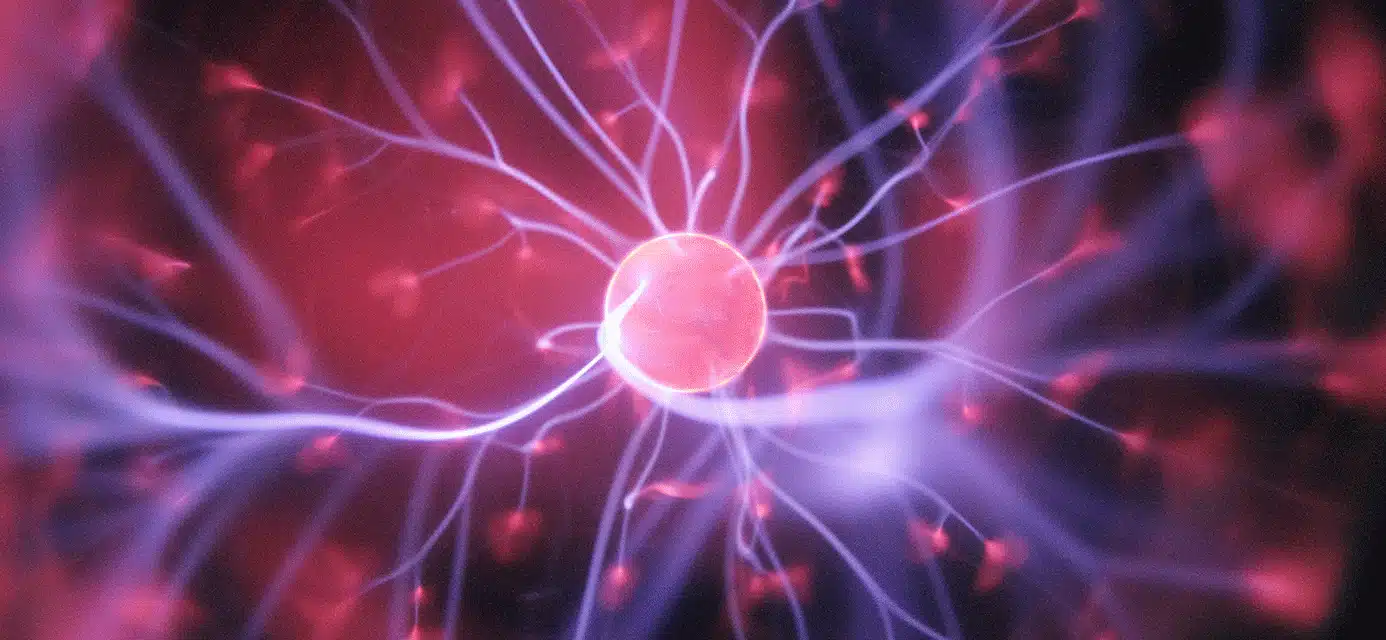The mind and the body are not two separate entities—although they are often treated that way. Physical health and emotional health are intimately intertwined in what’s known as the mind-body connection.
Our chemistry and biology impact our mood and emotions, as well as thoughts and beliefs. With all of these factors combined, they play a major role in influencing our stress and physical health. If you’ve ever felt your stomach tighten up when you were anxious, you’ve experienced the mind-body connection.
The Biochemistry of the Mind-Body Connection
While we still don’t understand everything about the mind-body connection, scientists are discovering some of the ways in which communication occurs. Dr. Jennifer Weinberg, MD, MPH, MBE, a preventive and lifestyle medicine physician, describes the brain as “the hardware” that allows us to experience the thoughts, beliefs, attitudes, and emotions that we collectively call the “mind.”
Communication happens via chemical and physical messengers, such as hormones and neurotransmitters. In fact, researchers have identified the actual neural networks that connect the cerebral cortex to the adrenal medulla, which actives the body’s response in stressful situations. These findings illuminate how mental states, such as stress and depression, can influence organ function.
“According to the mind–body or biopsychosocial paradigm, which supersedes the older biomedical model, there is no real division between mind and body because of networks of communication that exist between the brain and neurological, endocrine and immune systems.” —Oakley Ray, Professor Emeritus of Psychology, Psychiatry and Pharmacology at Vanderbilt University

Stress and Physical Health: An Evidence-Based Link
Studies have also determined that stressful emotions decrease immunity by altering blood cell function. In one study, researchers found that stress diminishes white blood cell response to infected cells and cancer cells. In addition, when individuals are stressed, they heal more slowly and vaccinations are less effective. Moreover, research has found that talk therapy, such as Cognitive Behavioral Therapy, can strengthen cell function and therefore enhance the body’s ability to fight disease.
One breakthrough study looked at the impact of the mind-body connection on a group of breast cancer survivors. One section of study participants lowered their stress by either practicing mindfulness meditation or attending a support group. A control group did neither.
As a result, researchers found that the groups that meditated or went to a support group had longer telomeres—protein complexes at the end of chromosomes—than the control group. Shortened telomeres are associated with disease, while longer ones protect against disease.
“We already know that psychosocial interventions like mindfulness meditation will help you feel better mentally, but now for the first time we have evidence that they can also influence key aspects of your biology.”
—Linda E. Carlson, PhD, principal investigator and director of research, Psychosocial Resources Department, Tom Baker Cancer Centre, Alberta, Canada
Cognitive Behavior Therapy and the Mind-Body Connection
As another example of the mind-body connection, neuroimaging research has shown that talk therapy—specifically Cognitive Behavioral Therapy—can significantly alter the way the brain works.
CBT focuses on teaching individuals how to identify and change thought patterns. The goal is to consciously activate positive thoughts and behaviors until these responses become more automatic. And researchers have discovered that in the process, people’s brains and nervous systems actually change.
A 2009 review looked at 13 studies that used neuroimaging to investigate how CBT affects brain circuits and function. Researchers concluded that CBT treatment modifies the neural circuits involved in regulating fear and other negative emotions. For example, in a study on CBT for PTSD, participants who had CBT treatment showed increased brain activity in areas related to social cognition—encompassing emotions such as forgiveness and empathy. A similar study on social phobia found that CBT decreased activity in brain areas related to fear and threat. Studies on Obsessive-Compulsive Disorder and panic disorder, among others, also found alterations in various parts of the brain following CBT treatment.
In other words, people’s thoughts and behaviors have the ability to change their neurobiology–our stress and physical health are intertwined. That’s the power and mystery of the mind-body connection at work.
How Yoga and Meditation Positively Impact the Brain and Body
Research on yoga and meditation has further explored the connection between mind, body, and spirit. Studies show that the mindful movement and breathing done in yoga activates the relaxation response (rest-and-digest system), via the vagus nerve. Consequently, yoga moves the nervous system out of the “fight, flight, or freeze” response associated with stress, and into the “rest and digest” response—increasing emotional well-being.
Furthermore, yoga increases levels of GABA, a neurotransmitter in the brain that helps relax the mind. In a 12-week study, participants either walked or did yoga for an hour three times a week. The yoga group showed greater increases in GABA levels, along with greater improvement in mood and reduced the physical effects of anxiety.
Another study compared a Cognitive Behavioral Therapy (CBT) intervention to a CBT intervention with a yoga component. After two months, both groups reported reductions in the physical effects of anxiety and panic-related body sensations. However, the changes were more significant for those who did both CBT and yoga which gives weight to the connection between mind, body, and spirit.
“By focusing on and controlling our breath, we can change how we think and feel. We can use the breath as a means of changing our emotional state and managing stress.”
—Tommy Rosen, yoga teacher and addiction recovery expert

The Mind-Body Connection in Guided Imagery
While the impact of the breath on the mind is an example of one type of mind-body connection, the use of guided imagery is an example of how what’s happening in the mind impacts the body. When we imagine a situation, the primal parts of the brain react as if it was really happening. Therefore, positive visualizations have a beneficial impact on the entire nervous system, automatically relaxing all of the body’s systems.
Because calming the body’s stress response supports the immune system, visualization may even help fight disease, according to some research.
“Visualization is effective as it bypasses our logical (or illogical) mind by tapping into a global sense of ourselves and our emotions. It allows us to remember emotions, or to promote an emotional state connected to certain contexts.”
—Dr. Michel Mennesson, MD, Psychiatrist at Newport Academy
In conclusion, the mind-body connection is real, and it has a powerful impact on our well-being at every level. Experts are discovering how it can be used in treating both mental and physical disorders. And we can learn to harness the power of the mind-body connection in our own lives to optimize our happiness and health.
Nutrition and the Mind-Body Connection
What goes into our body also impacts our mind and mental health. What we eat has the power to prevent or help reverse mental health challenges. Research, including the groundbreaking SMILES Trial, demonstrated the impact of food on our mood. Moreover, specific nutrients have been linked to measurable positive outcomes in mental and emotional well-being.
In addition, the mind-body connection manifests in the communication between the brain and the gut. About 95 percent of serotonin, one of the primary hormones involved in mood and emotion regulation, is produced in the gastrointestinal tract. Sometimes called “the second brain” or “belly brain,” this enteric (intestinal-related) nervous system consists of some 100 million neurons sheaths of neurons embedded in the walls of the gut. Moreover, information travels mostly from the gut to the brain, rather than vice versa.
As a result, researchers have found that people with healthy, diverse gut microbes are less likely to suffer from anxiety and depression. Furthermore, studies in both animals and people demonstrate that replacing bad bacteria in the gut with good bacteria can significantly alter mood and emotional regulation.
Sources:
J Neuropsychiatry Clin Neurosci. 2009 Spring;21(2):114-25.
EMBO Rep. 2006 Apr; 7(4): 358–361.
Soc Work Health Care. 2008;46(4):17-37.
Cancer. 2015 Feb 1;121(3):476-84.
Ann Gastroenterol. 2015 Apr-Jun; 28(2): 203–209.






